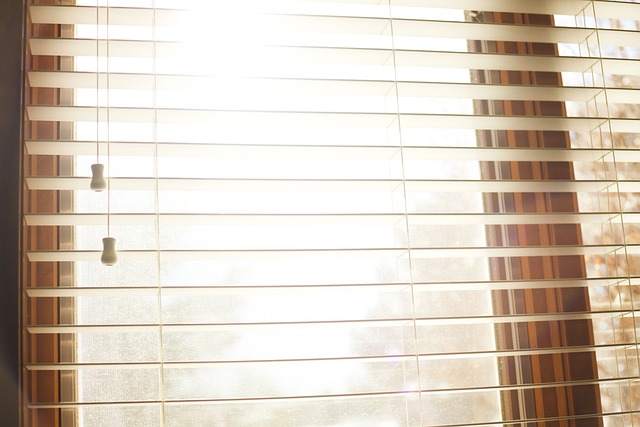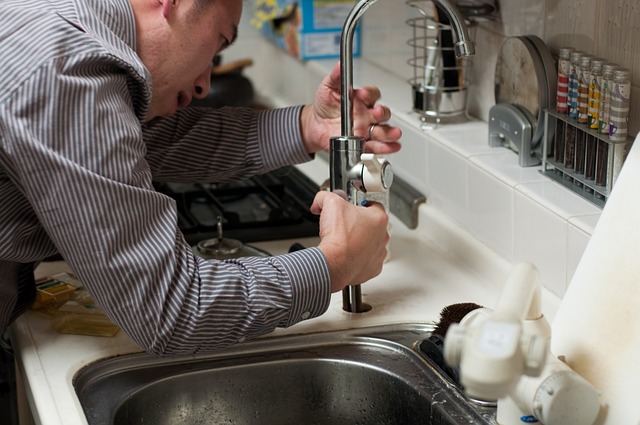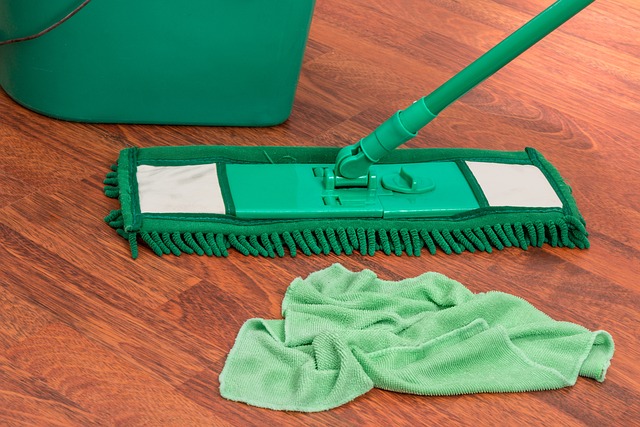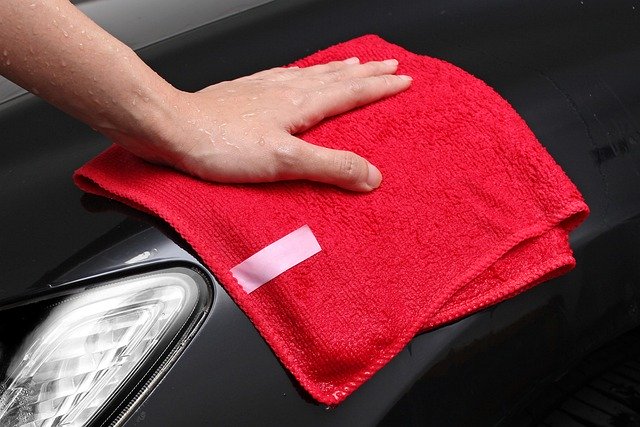Blinds are a stylish and functional window treatment that can enhance the aesthetics of any room while providing privacy and controlling the amount of light entering your space. However, over time, blinds can accumulate dust, dirt, and grime, diminishing their beauty and functionality therefore it is essential to know how to clean your blinds like a pro.
Cleaning your blinds might seem like a daunting task, but with the right tips and tricks, it can be a relatively simple and satisfying process. In this comprehensive guide, we will walk you through the steps to cleaning your blinds, various types of blinds effectively, satisfying your quest for a clean and well-maintained home.
Table of Contents
Understanding Different Types of Blinds

Before delving into the cleaning process, it’s crucial to identify the type of blinds you have, as the cleaning methods may vary depending on the material and design. Here are some common types of blinds:
- Venetian Blinds: These blinds consist of horizontal slats typically made of wood, aluminum, or PVC.
- Vertical Blinds: Vertical blinds have large, vertical slats that hang down, usually made from fabric, vinyl, or PVC.
- Mini Blinds: These are similar to Venetian blinds but have smaller slats, often made of aluminum or PVC.
- Roman Blinds: Roman blinds are made of fabric and fold up in horizontal pleats when raised.
- Honeycomb/Cellular Blinds: These have a unique cellular structure designed for energy efficiency and are usually made of fabric.
- Roller Blinds: Roller blinds are made of a single piece of fabric that rolls up and down on a cylinder.
Knowing the type of blinds you have will help you choose the most suitable cleaning method. Now, let’s dive into the step-by-step cleaning process for each type of blind.
Cleaning Venetian and Mini Blinds
Venetian and mini blinds are popular due to their versatility and classic look. Cleaning them can be a bit fiddly, but with the right approach, you can keep them looking pristine.
Materials Needed:
- A microfiber cloth or duster
- Mild detergent
- Water
- Small bucket or container
- Rubber gloves (optional)
Step 1: Dusting
- Close the blinds completely to ensure you can access both sides of the slats.
- Using a microfiber cloth or duster, start at the top and gently wipe each slat from one end to the other, removing dust and loose dirt. You can wear rubber gloves to prevent dirt from getting on your hands.
Step 2: Wash with Mild Detergent
- Fill a small bucket or container with a mixture of mild detergent and warm water.
- Dip the microfiber cloth or a sponge into the soapy water and wring it out thoroughly. It should be damp but not soaking wet.
- Starting at the top, wipe each slat with the damp cloth, working your way down.
- Rinse the cloth or sponge frequently in the soapy water and wring it out to avoid spreading dirt.
- After cleaning all the slats, rinse the cloth or sponge in clean water and wring it out again.
- Go over the blinds once more to remove any soap residue.
Step 3: Drying
- Allow the blinds to air dry by leaving them in the closed position.
- If any moisture remains, use a dry microfiber cloth to gently blot the slats.
Cleaning Vertical Blinds
Vertical blinds are a practical choice for larger windows or sliding glass doors. Cleaning them requires a slightly different approach.
Materials Needed:
- A microfiber cloth or duster
- Vacuum cleaner with a brush attachment
- Mild detergent
- Water
- Bucket or container
- Rubber gloves (optional)
Step 1: Dusting
- Close the blinds fully.
- Starting at the top, use a microfiber cloth or duster to remove dust and debris from each slat.
Step 2: Vacuuming
- Attach a brush attachment to your vacuum cleaner.
- Carefully vacuum each slat while ensuring they don’t bend or tangle.
- Pay special attention to the top of the blinds, as dust tends to accumulate there.
Step 3: Wash with Mild Detergent
- Fill a bucket or container with a mixture of mild detergent and warm water.
- Dip a sponge or cloth into the soapy water and wring it out until it’s damp but not dripping.
- Starting at the top, gently wipe each slat from one end to the other.
- Rinse the cloth or sponge in clean water and wring it out frequently.
- After cleaning, use a dry cloth to remove excess moisture.
Cleaning Roman and Roller Blinds
Roman and roller blinds are typically made of fabric, making them susceptible to stains and dust buildup. Here’s how to clean them effectively.
Materials Needed:
- A handheld vacuum cleaner with a brush attachment
- Mild detergent
- Water
- Bucket or container
- Rubber gloves (optional)
Step 1: Dusting
- Use a handheld vacuum cleaner with a brush attachment to gently vacuum the surface of the blinds, starting from the top and working your way down.
Step 2: Spot Cleaning
- Identify any stains or spots on the fabric.
- In a small container, mix mild detergent with water to create a soapy solution.
- Dip a clean cloth or sponge into the soapy solution, wring it out thoroughly, and gently blot the stained areas.
- Avoid scrubbing vigorously to prevent damaging the fabric.
- Rinse the cloth or sponge in clean water and blot the cleaned areas again to remove soap residue.
Step 3: Full Cleaning
- Fill a bucket or container with a mixture of mild detergent and warm water.
- Dip a clean cloth or sponge into the soapy water, wring it out well, and gently wipe the entire surface of the blinds.
- Pay attention to any areas that may have accumulated more dirt or dust.
- Rinse the cloth or sponge in clean water and wring it out frequently.
- Use a dry cloth to blot excess moisture from the fabric.
Cleaning Honeycomb/Cellular Blinds
Honeycomb or cellular blinds are designed to be energy-efficient and often have a unique structure. Cleaning them requires a delicate touch to maintain their effectiveness.
Materials Needed:
- A microfiber cloth or duster
- Mild detergent
- Water
- Bucket or container
- Rubber gloves (optional)
Step 1: Dusting
- Close the blinds fully.
- Use a microfiber cloth or duster to gently remove dust from the honeycomb structure.
- Work from the top to the bottom, ensuring you clean both sides of the blinds.
Step 2: Wash with Mild Detergent
- Fill a bucket or container with a mixture of mild detergent and warm water.
- Dip a clean cloth or sponge into the soapy water, wring it out thoroughly, and gently wipe each honeycomb cell.
- Rinse the cloth or sponge in clean water and wring it out frequently.
- Go over the blinds once more with a clean, damp cloth to remove any soap residue.
- Allow the blinds to air dry in the closed position.
8 Pros and Cons of Using Natural Cleaning Products for Your Laundry
General Tips and Tricks for Cleaning Blinds
Regardless of the type of blinds you have, here are some additional tips and tricks to make the cleaning process more efficient and effective:
- Regular Maintenance: To make cleaning easier, dust your blinds regularly with a microfiber cloth or duster.
- Avoid Harsh Chemicals: Stick to mild detergents to prevent damage to your blinds’ material and finish.
- Use Gentle Pressure: When wiping or blotting, use gentle pressure to avoid bending or damaging the slats or fabric.
- Check Manufacturer Guidelines: Some blinds come with specific cleaning instructions from the manufacturer. Always follow these guidelines when available.
- Take Down the Blinds: For a more thorough cleaning, you can take down the blinds and lay them flat on a clean surface.
- Professional Cleaning: If your blinds are heavily soiled or stained, consider professional cleaning services for a deep and thorough clean.
- Repairs: While cleaning, inspect your blinds for any damage or loose parts that may require repair.
- Preventive Measures: Consider using air purifiers or regularly opening windows to reduce dust accumulation on your blinds.
- 10 Top Reasons to Hire a Professional Cleaning Service
Final Thoughts on How to Clean Your Blinds
Cleaning your blinds can be a time-consuming task, but it’s essential for maintaining a clean and healthy home environment. By following these expert tips and tricks tailored to your specific blind type, you can enjoy the beauty and functionality of your blinds for years to come.














